
Many of us think back to grade school and remember story time fondly. Our reading teacher would gather us around on the rug and read aloud from a colorful picture book as we gasped and giggled. You may think that picture book read-alouds are a kind of fun reserved only for reading teachers in elementary school—but not so! Picture books can be a tremendous tool in the social studies classroom at all grade levels for:
- Introducing a new topic, such as elections or world cultures
- Including a wider range of voices and perspectives on a historical event
- Providing an entry point to a complex topic or a challenging skill
- Supporting a study of primary source documents
- Modeling a type of writing, such as travel writing or diary entries, that you would like students to engage in
Read on for some amazing picture books and suggestions for how you can use them to spark student engagement in your content while reinvigorating their love of reading (and perhaps discover your love of reading aloud!).
Elementary Level
If You Come to Earth by Sophie Blackall
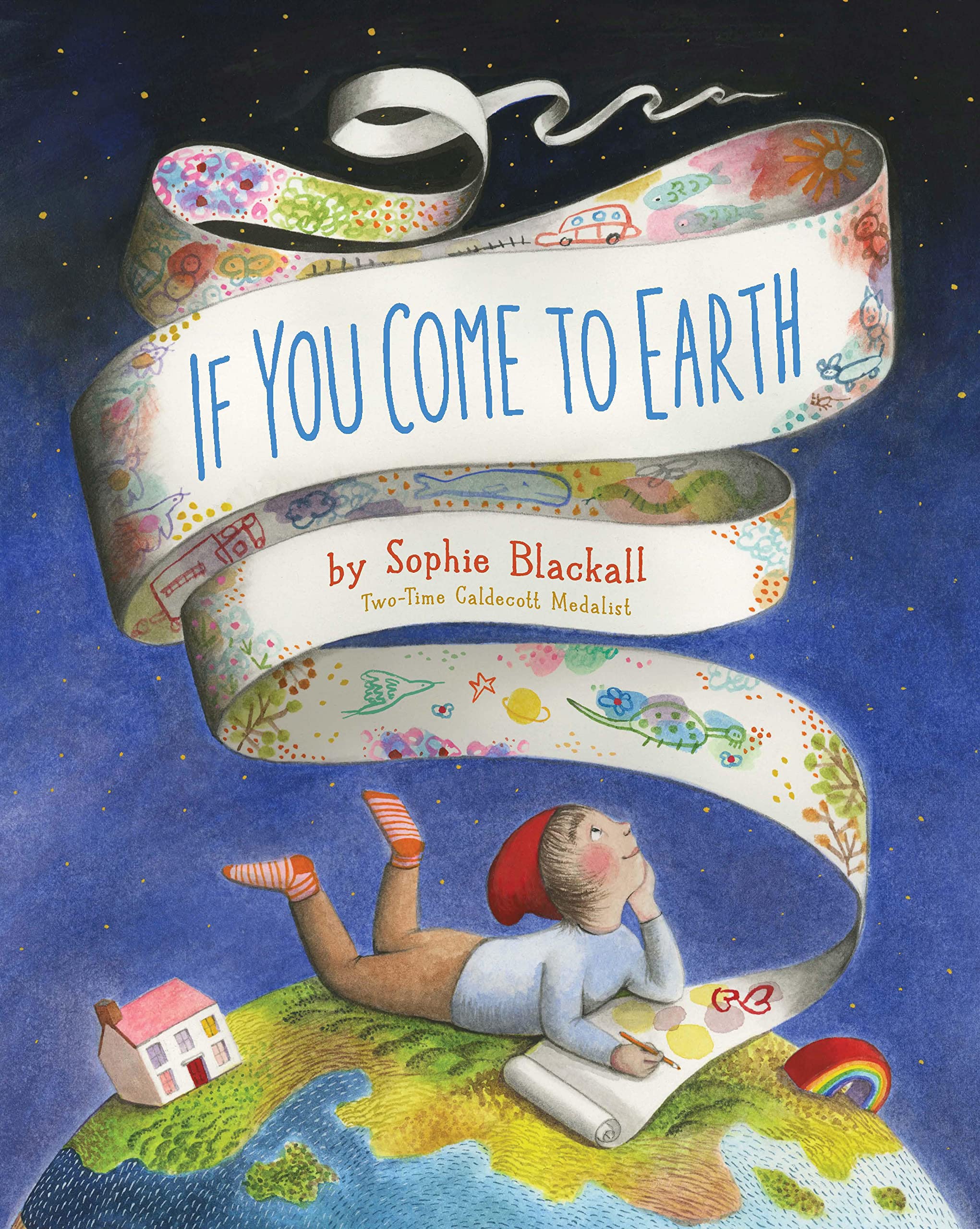
This beautiful book is a guide to Earth written as a letter to a visitor from outer space. The author of the letter explains that Earth is made up of many different types of places, cultures, and families, and what the visitor might expect to see when they arrive.
This would be a wonderful entry point to a unit about cultures, places, and environments. Students might finish this unit by writing a letter or a picture book of their own.
Grace for President by Kelly DiPucchio and LeUyen Pham
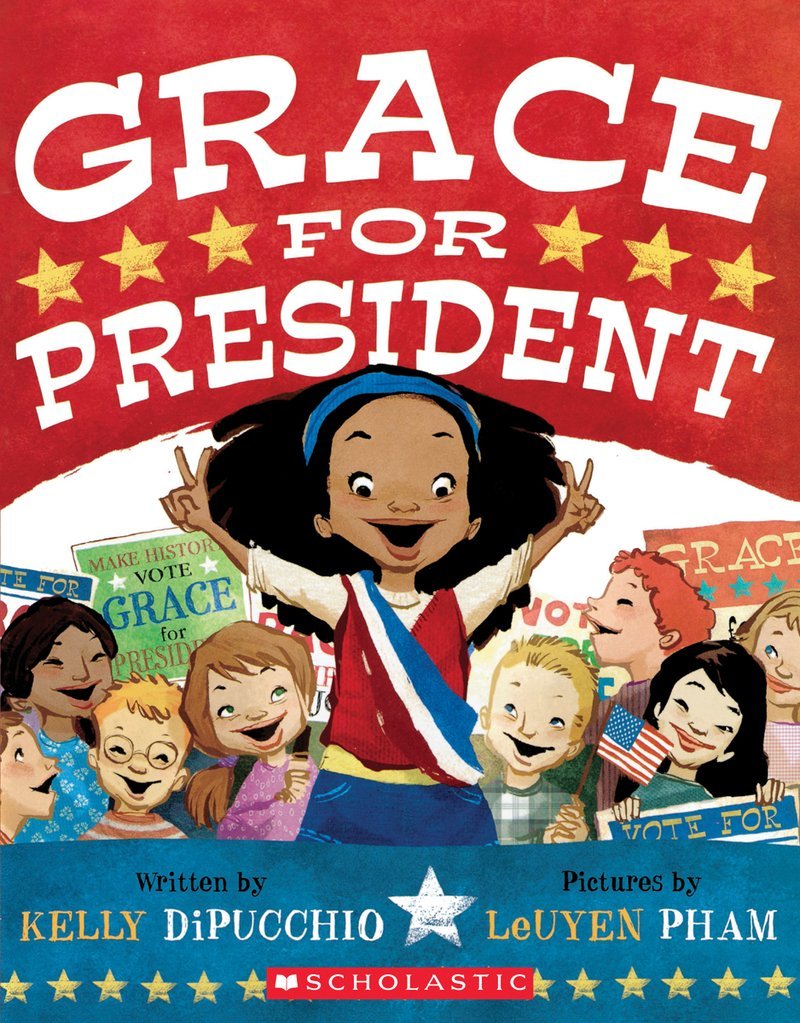
Starting a unit about voting and elections? Consider a picture book to launch the learning. Grace for President is a story about a little girl who learns there has never been a female president, and decides to be the first one—at her school. She soon realizes it’s not going to be as easy as she thought!
The narrative is interspersed with explanations of how elections actually work, including electoral votes. In the end, Grace learns a lesson about the value of hard work and how we choose our leaders.
Middle School Level
Her Right Foot by Dave Eggers and Shawn Harris
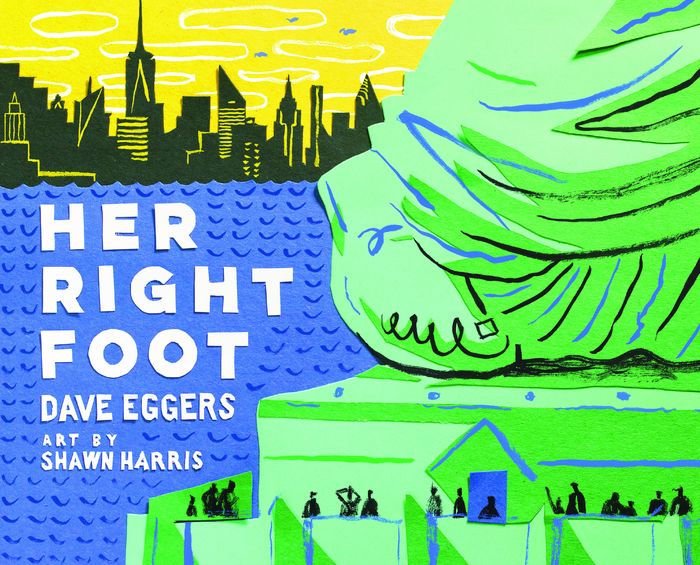
As students learn about the inception of the country and the ideals embedded in our founding documents, consider bringing in Her Right Foot to engage students in conversation around one of our most prominent national symbols: the Statue of Liberty. The conversational tone of this book will hook students in, and the underlying interpretation of a seemingly small detail in the statue will spark lively conversation.
This is… Miroslav Sasek
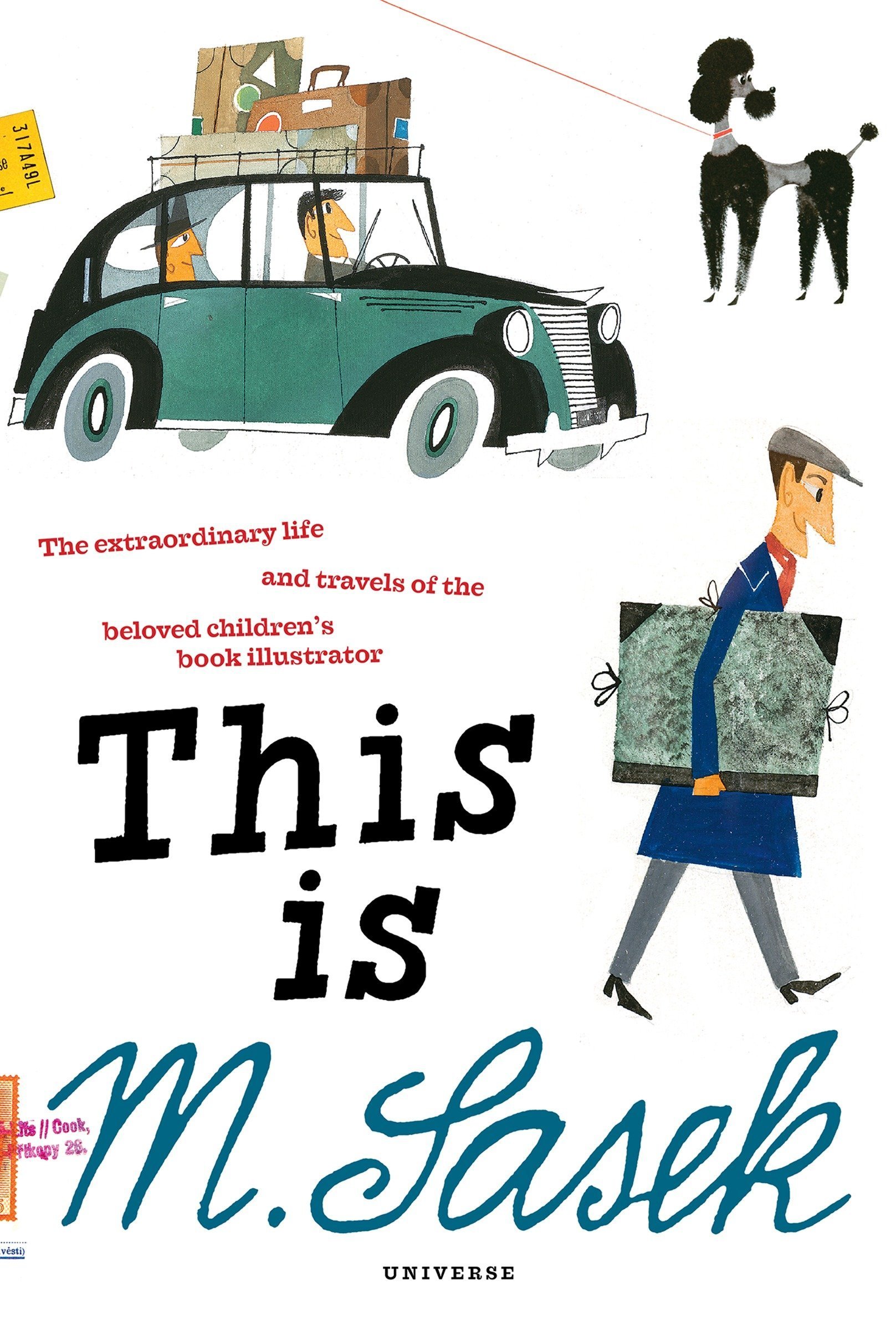
This series of books about cities and countries around the world has rich illustrations and interesting facts that have been updated since its original publishing. Students will learn about new places and will explore the genre of travel writing.
As students learn about their own home state in middle school, they might create a travel book of their own.
High School Level
Click, Clack, Moo: Cows That Type by Doreen Cornin and Betsy Lewin
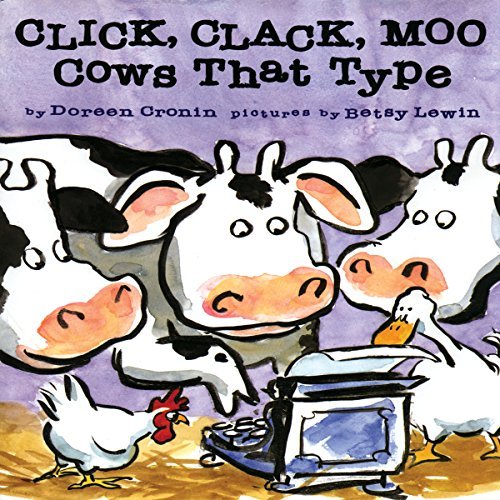
Starting a unit about labor unions? This book about farm animals unionizing will have your high school students laughing and learning despite themselves. Farmer Brown’s cows are typing (you read that right) all day and all night. They’re willing to stop…but they have some demands.
This seemingly simple picture book offers an engaging framework for thinking about labor organization and its many components. Consider having your students create their own picture books about a famous labor union.
The Arrival by Shaun Tan
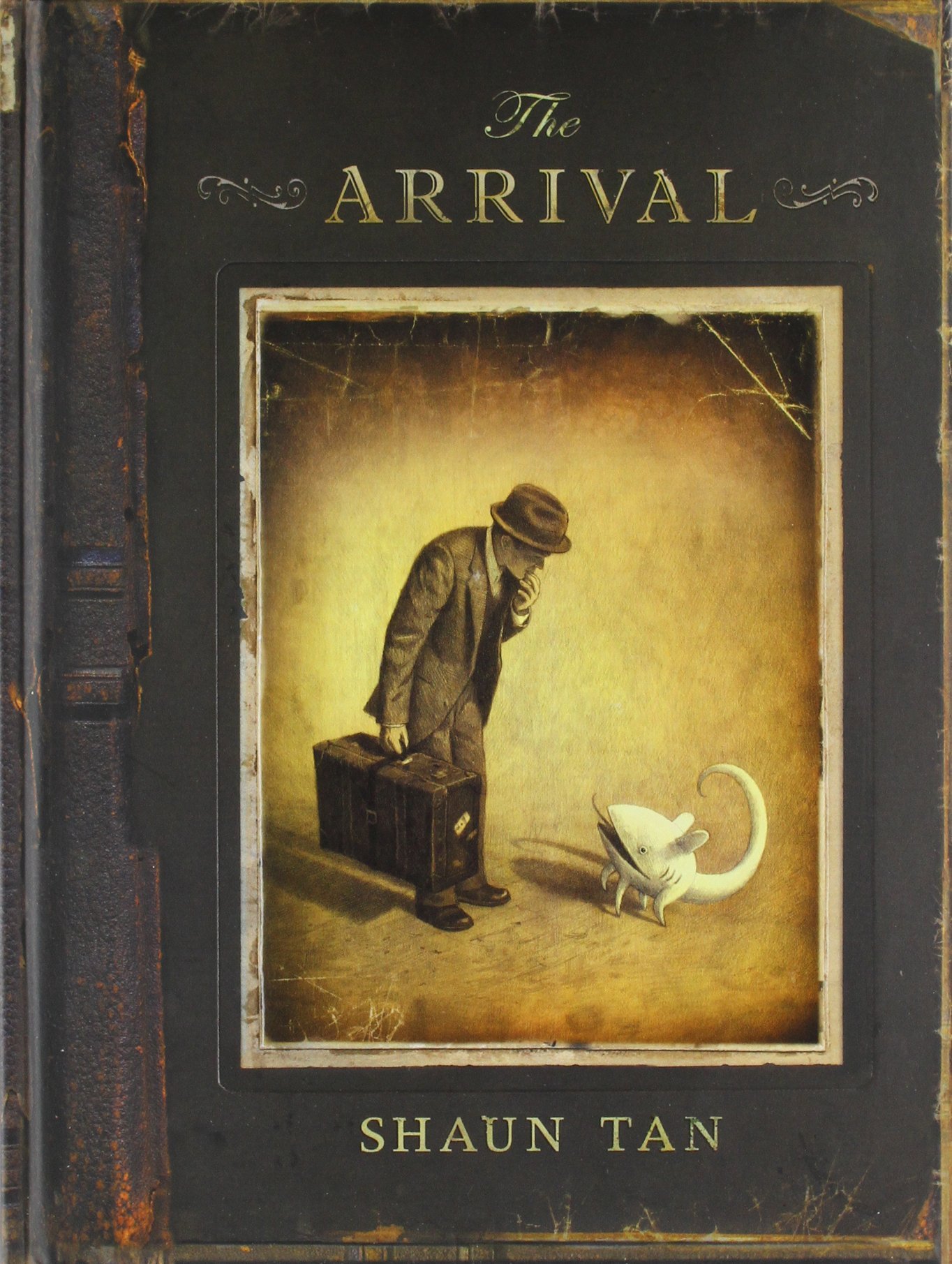
This beautiful book has no words at all—and is all the more powerful for it. A man, haunted by monsters in his home country, arrives in a new land. This new land is without the monsters that plagued him in his homeland, but has its own challenges. He does not speak the language, everything seems strange and new, and he feels out of place.
As you open discussions about immigration, have students analyze the pictures in this book, perhaps in a gallery walk, to identify the causes and effects of immigration and analyze these issues from the various perspectives of characters in the book.
These are only a few picture books that touch on social studies concepts. However, we are in the midst of a children’s literature renaissance, and every week, new and amazing picture books are being published! Introduce this genre to your classroom and be ready to embrace the fun and discourse that follow.
See below for some additional recommended titles:
- This Is How We Do It: One Day in the Lives of Seven Kids Around the World by Matt Lamonthe
- For Which We Stand: How Our Government Works and Why It Matters by Jeff Foster
- Before She Was Harriet by Lesa Cline-Ransome and James E. Ransome
- Heart and Soul: The Story of America and African Americans by Kadir Nelson
- The People’s Painter: How Ben Shahn Fought for Justice with Art by Cynthia Levinson and Evan Turk
- We Are Still Here!: Native American Truths Everyone Should Know by Traci Sorrell and Frane Lessac
- Henry Climbs a Mountain by D.B. Johnson
- The Only Woman in the Photo: Frances Perkins and Her New Deal for America by Kathleen Krull and Alexandra Bye
- Shirley Chisholm is a Verb! by Veronica Chambers and Rachelle Baker
- Dreamers by Yuyi Morales
- Lillian’s Right to Vote by Jonah Winter and Shane W. Evans
- I Am… by Brad Meltzer and Christopher Eliopoulos
- Brave Girl: Clara and the Shirtwaist Maker’s Strike of 1909 by Michelle Markel
- The Youngest Marcher: The Story of Audrey Faye Hendricks, a Young Civil Rights Activist by Cynthia Levinson
- We Are Water Protectors by Carole Lindstrom and Michaela Goade
Sarah A. Honore began her career in education as a high school English teacher in Houston, Texas. She has since worked as a teacher, an instructional coach, a curriculum writer, and a director of English Language Arts at the district level. Her passions include literacy across content areas, diverse books, and supporting teachers and leaders. While not a social studies teacher by trade, Sarah loves exploring the connections between these two contents in order to enrich the classroom experience for both teachers and students.

As a retired math teacher, I find this focus on picture books fascinating. I wish I had books to aid in my math teaching.
I never thought of reading picture books to my middle schoolers, but these books were some great ideas. I would utilize most of the books as writing prompts for different modules. I would use it at the beginning for introducing a topic or at the end as a summary.
Great book recommendations for sure! Liked the examples given of how to use those in the classroom. Really inspired by the Statue of Liberty Book “Her Right Foot” by Dave Eggers! As a 4th grade teacher my students get really into the monuments that we have. Would love to bring the Statue of Liberty book up for discussion for sure!
I will use picture books to introduce topics that my provide concrete representation of concepts difficult to understand to my elementary students with IEP’s. Use of picture books will help students understand sense of community, fairness, looking at others perspectives, etc.
Great inservice! I will use the ideas in my classroom.
Kelley Williams
I believe picture books are an important asset to the classroom in many ways. Many children are visual learners and to see a picture book during a read aloud, along with being able to identify the character, and a new style(s) of vocal ranges that will help these types of learners better engage with the story. Also, a picture book will model the style of writing and introduce a new topic to a student. Lastly, picture books can teach and provide a student a primary source document when doing upper level book reports and other types of essays, etc. The most important part is to engage the student and help them learn to love reading.